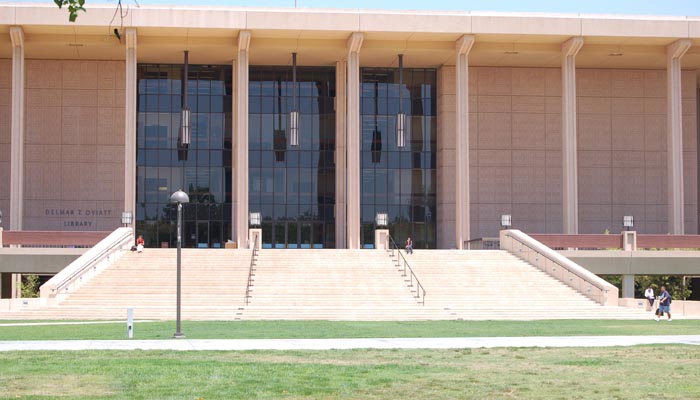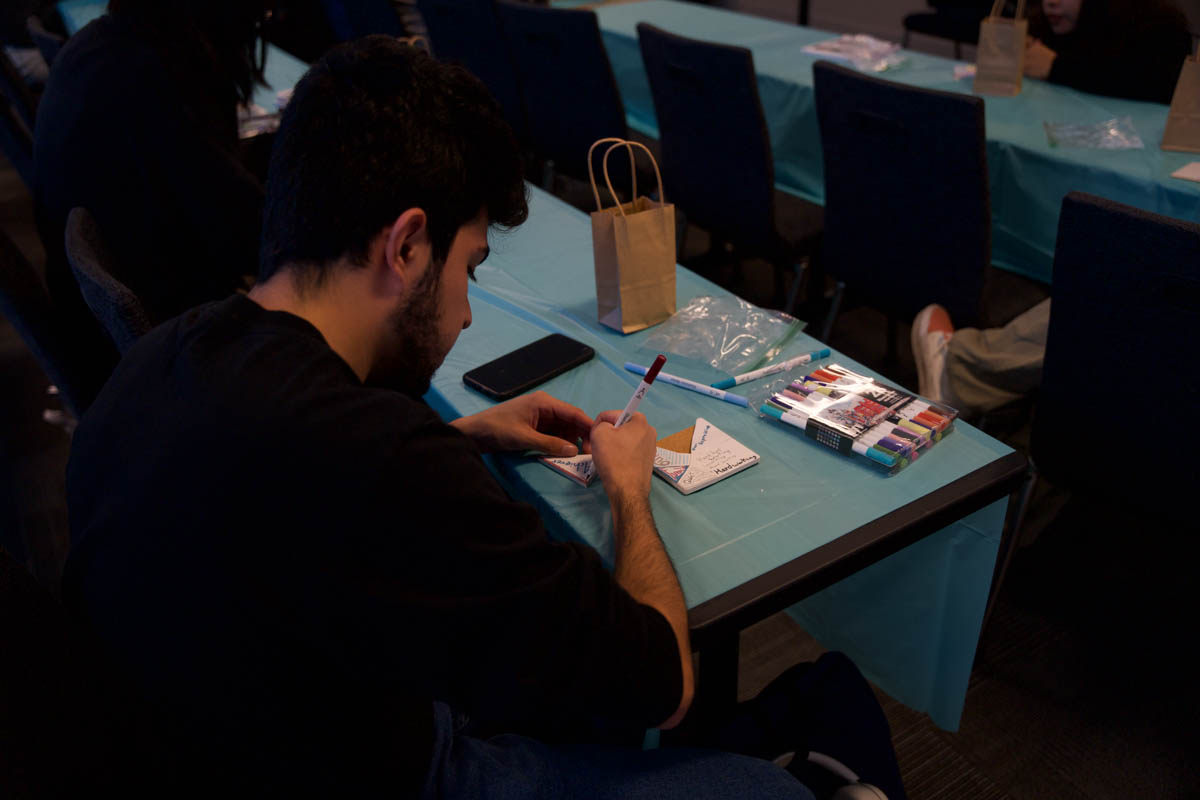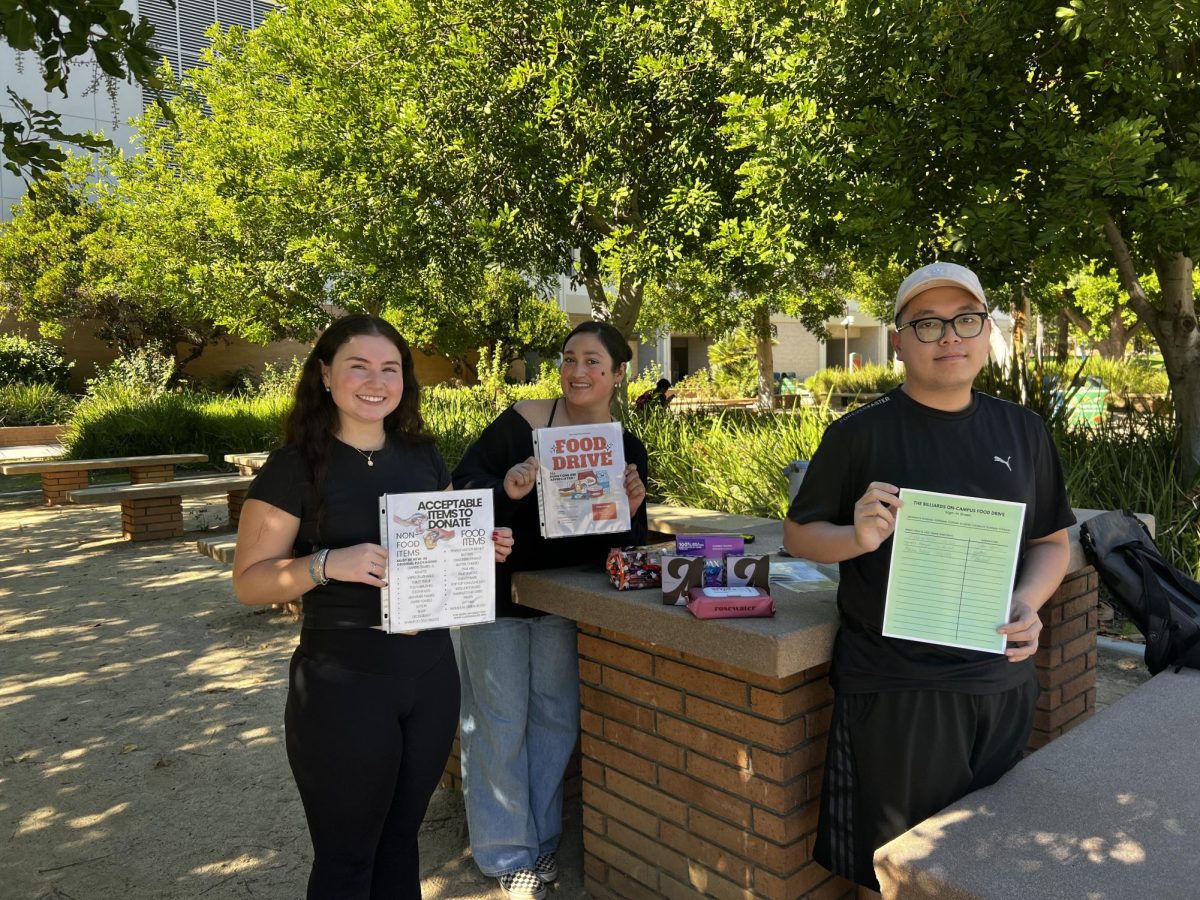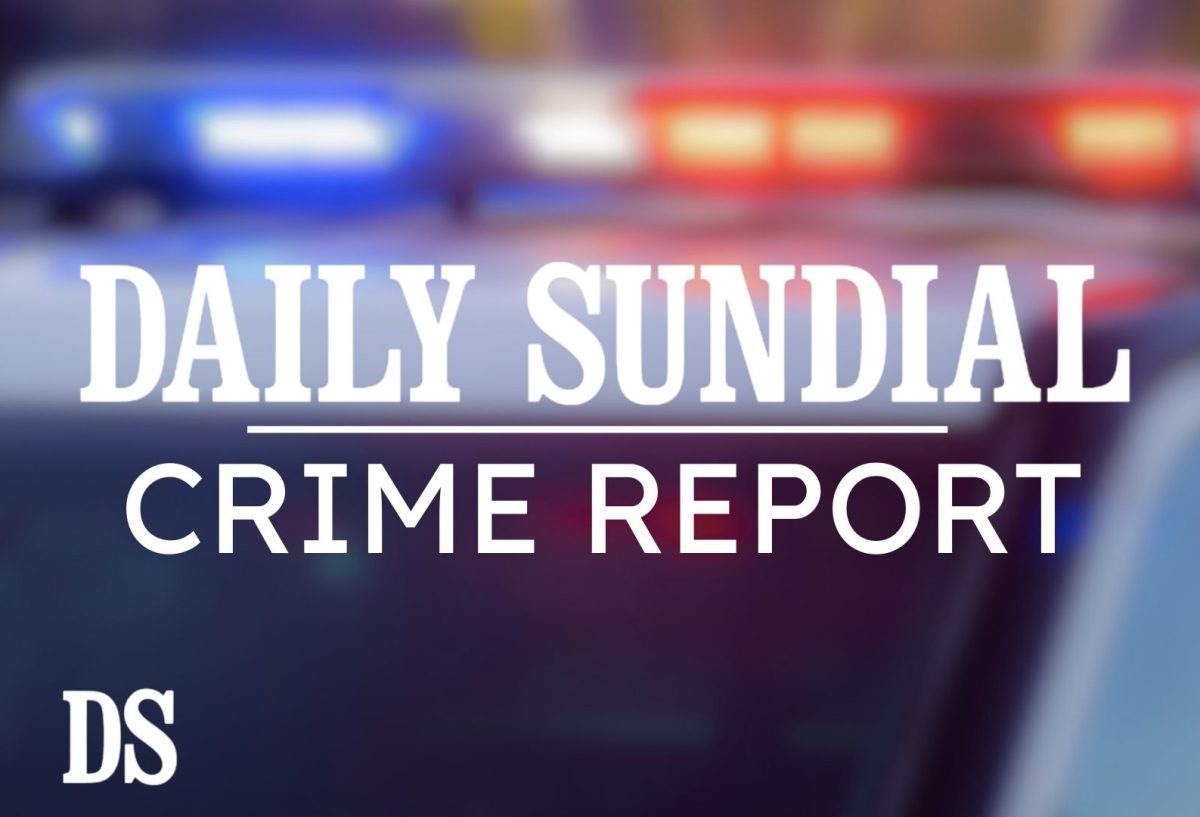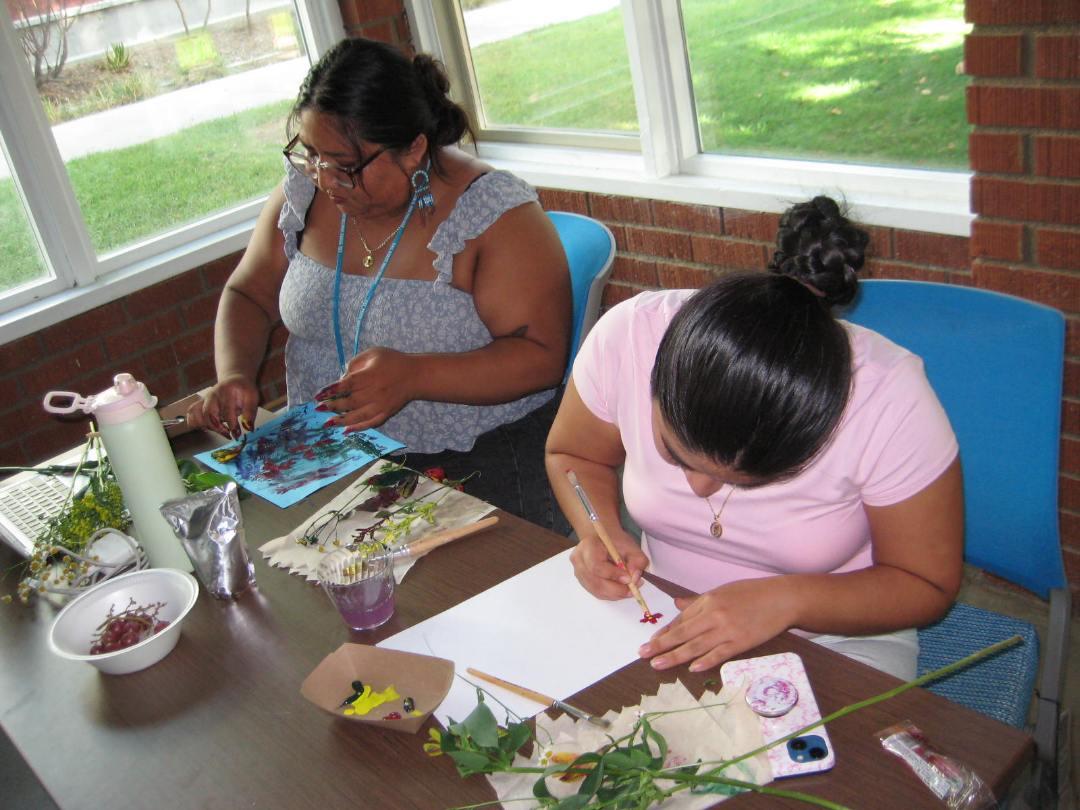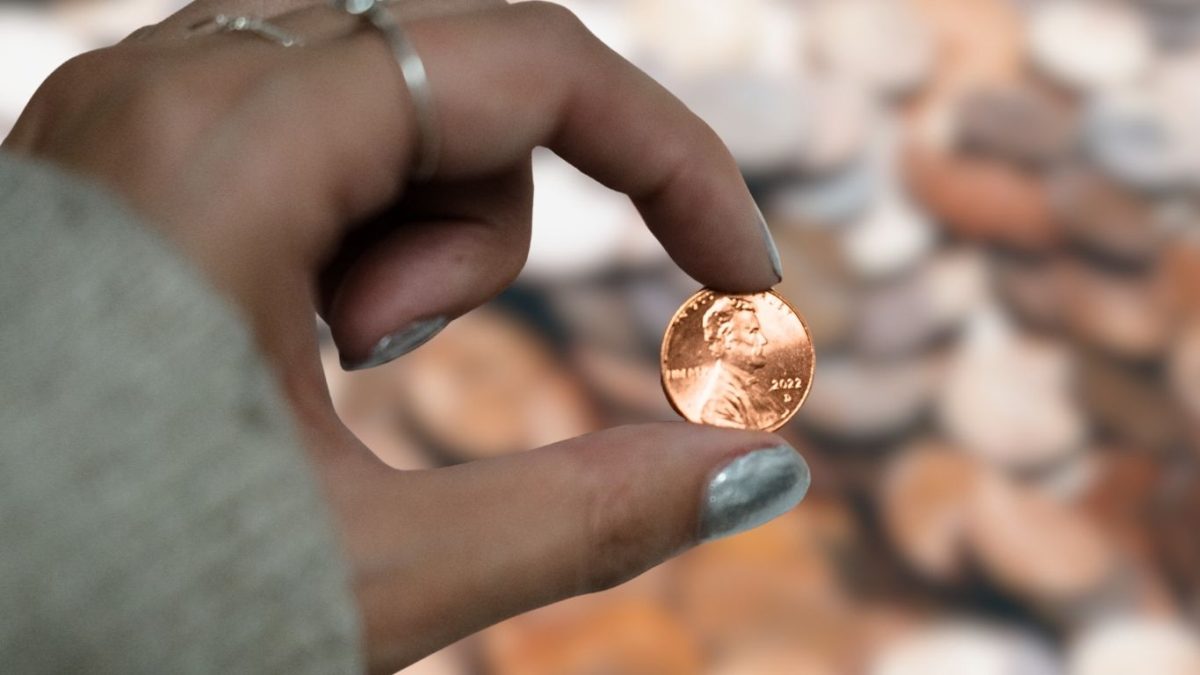Candidates for the position of Provost and Vice President were invited to meet with the CSUN community last week as part of the selection process that will determine the university’s next chief academic officer.
Former Provost Harry Hellenbrand, stepped down from the position at the end of the 2014-2015 academic year after 11 years in the role. He will continue his work on student success initiatives and grant projects as a special assistant to the president through the upcoming academic year.
The job of the Provost and Vice President is to support the university’s mission by developing and implementing goals based on CSUN’s academic priorities. As chief academic officer, they communicate faculty needs and priorities to upper-level administration, and vice-versa. They also oversee financial and capital planning, ensure regulatory compliance, and deal with issues of accreditation and institutional equity.
The candidates being considered for the now-vacant position visited the campus and met with faculty and staff earlier in May, hosting one-hour long meetings that were open to the CSUN community.
The Search and Screen Committee responsible for overseeing the selection process extended the search to allow four additional candidates to visit the campus and host the forum-style meetings last week. The pool of candidates that are being seriously considered for the position is up to seven.
Applicants for the job boast impressive resumes, particularly in their administrative experience at universities from across the nation and within the CSU system. All of the candidates who visited campus last week are currently serving as deans of colleges and are current or former professors at their university.
Nearly every candidate commented on the strength of CSUN’s mission and dedication to student success.
“I’m very impressed by the scope and the leadership this campus has taken,” said Candidate Li Yi, as he spoke about CSUN’s extended learning network.

Audience members nearly packed the Oviatt’s Ferman presentation room to capacity at each of the meetings. They were invited to ask questions following the candidates’ presentation of their personal and professional backgrounds.
Manager of Academic Resources at the College of Health and Human Services, Renate Wigfall, posed the question of impaction to each of the candidates.
“You probably know that this campus has been overenrolled for several years and so this campus is starting to take specific steps to gradually address impaction…what do you see are the challenges associated with that?” she asked at the May 21st meeting.
Responses to the issue of impaction varied, with most of the candidates conceding that they did not have the necessary background knowledge to give a comprehensive answer.
Candidate Austin Agho, dean and professor at the University of Indiana, who visited the campus on May 20th, said the decision to make CSUN harder to get into may be considered as a possible solution. The tougher standards would be followed-up with a stronger university presence in classrooms at the K-12 level to ensure incoming students are adequately prepared.
Diversity is an issue of particular interest to those with the strongest ties to CSUN. Sydni Powell, who graduated in 2013 as President of Associated Students, is now a staff member at the university. She paid close attention to the candidates responses in regards to this topic, which she considers central to the university’s mission.
“Diversity isn’t just a buzzword we use at CSUN; it’s part of our very core. A provost that understands where our students and faculty (and) staff come from both in geography and ways of thinking will be able to thrive at our university,” she said.
During his presentation, Paul Wong, who currently serves as dean and professor at San Diego State University, spoke extensively on the topic of diversity and its significance in the university’s mission, especially for those students coming from disadvantaged backgrounds for whom college was not always a given.
“This is something that is sacred. This is something that is a very, very precious thing.”
Other topics that came up were those of internationalization, online education, and ways in which CSUN can recruit and maintain the best faculty. The meetings are part of the interview process and served ostensibly as a means of gauging compatibility with staff and faculty.
Biology professor and 20-year faculty member Paul Wilson said he attended each of the candidates presentations because it’s one of the most important hires he can weigh in on. He took the opportunity to ask the candidates about topics such as leadership and management style.
“I don’t expect the candidates to agree with me in each and every way but they have to hear a variety of voices, and they should find that attractive. They shouldn’t come if they don’t find attractive the things that we say, the students say, the faculty, and of course what administration says – particularly the president.”
On May 27th, this article stated that the final decision in the Provost Selection process was made by the selection committee. The committee sends final candidate recommendations to CSUN President Diane Harrison who then makes the final decision for the new provost.
